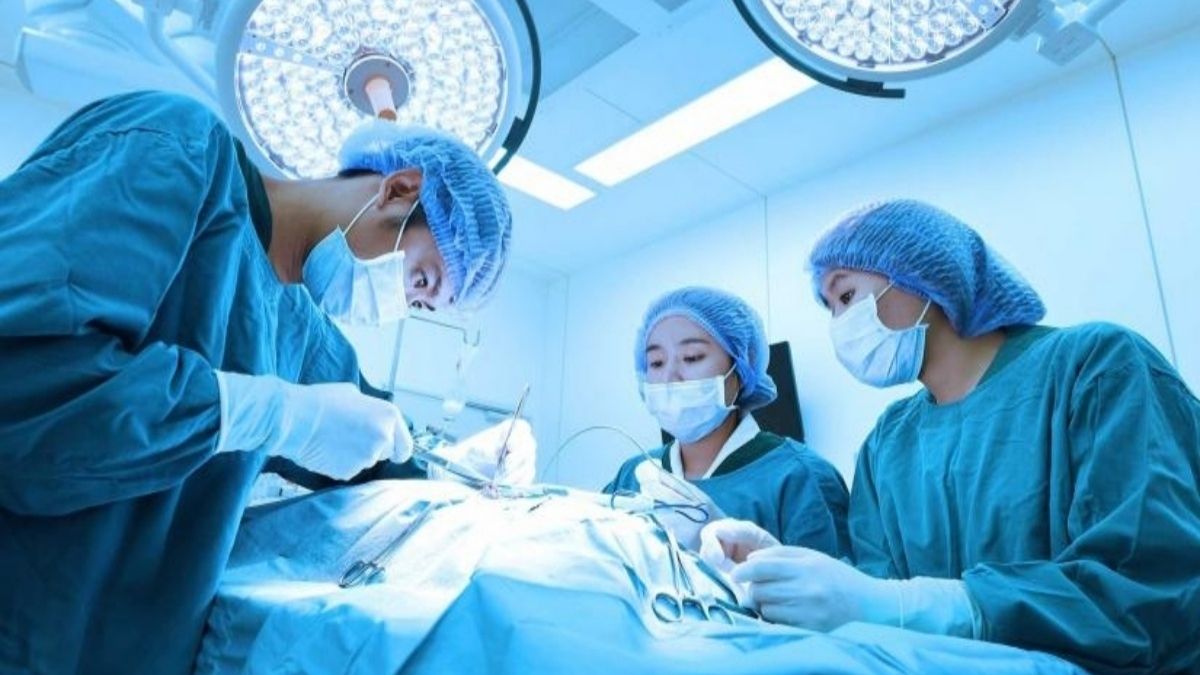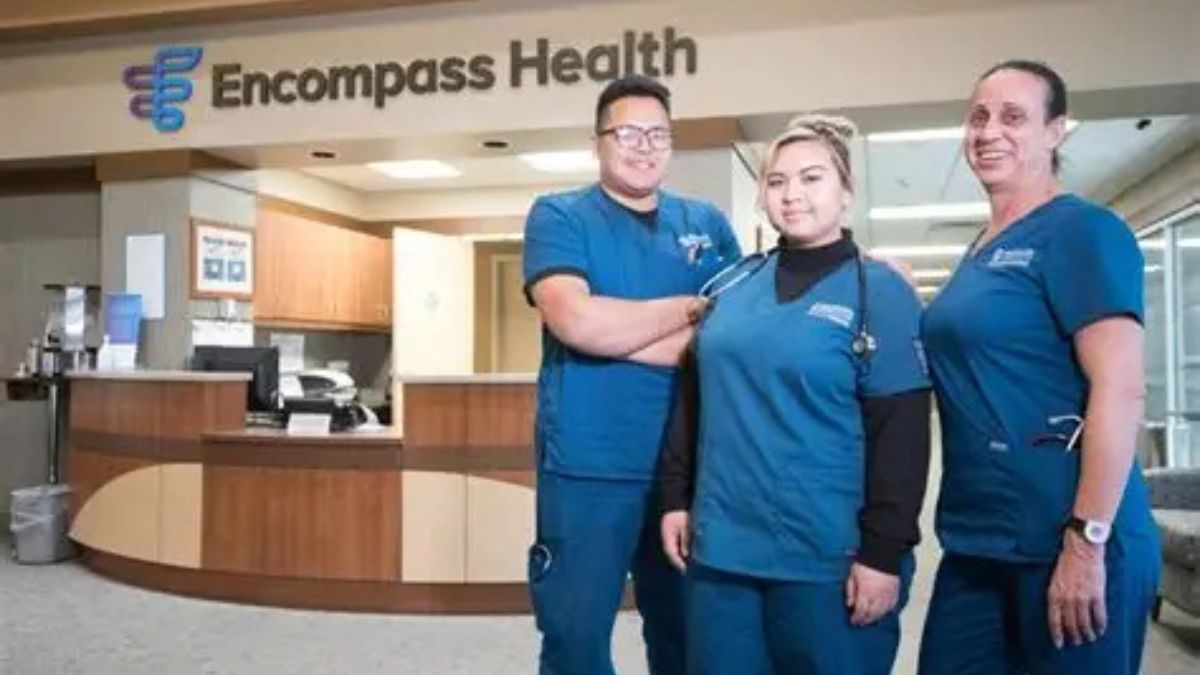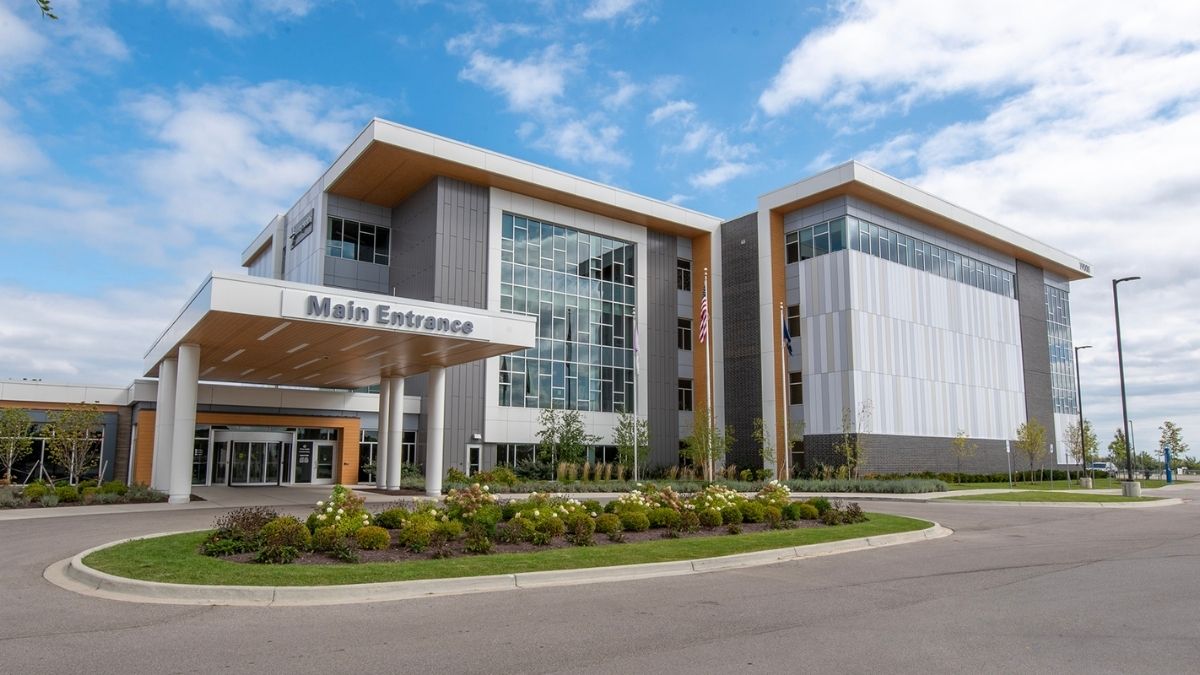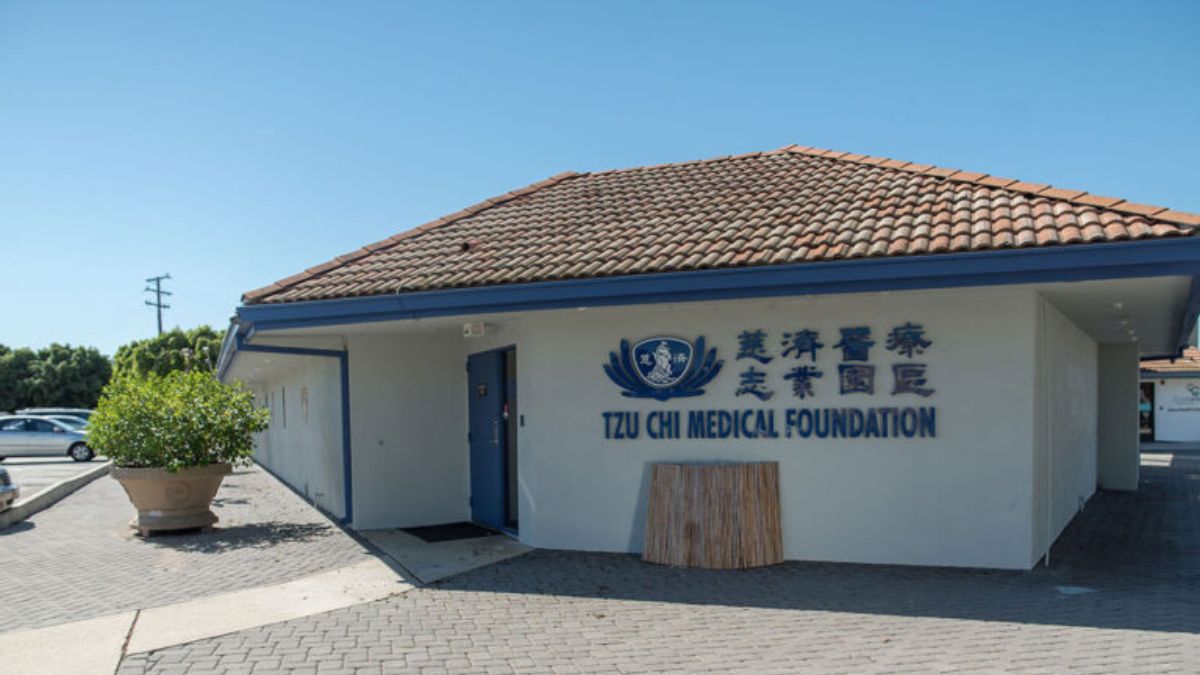Cosmetic surgery has transformed from a luxury reserved for Hollywood celebrities to a mainstream option embraced by millions worldwide. The numbers tell a compelling story: according to the American Society of Plastic Surgeons, cosmetic procedures increased by 44% between 2019 and 2021 alone. This dramatic surge reflects shifting social attitudes, technological advances, and changing economic factors that have made aesthetic enhancement more accessible than ever before.
The rise of cosmetic surgery represents more than just vanity or social media influence. It reflects deeper cultural changes around self-expression, body autonomy, and personal empowerment. Understanding this phenomenon requires examining the complex factors driving demand, the procedures gaining popularity, and the implications for society as a whole.
From minimally invasive treatments that can be completed during lunch breaks to major reconstructive procedures, cosmetic surgery now offers options for nearly every budget and comfort level. This accessibility has fundamentally changed how people approach physical self-improvement and challenged traditional notions about aging gracefully.
Historical Context: From Taboo to Mainstream
Cosmetic surgery’s journey to mainstream acceptance spans decades of gradual cultural shifts. In the 1980s and 1990s, aesthetic procedures carried significant stigma, with patients going to great lengths to hide their surgical choices. The prevailing attitude suggested that altering one’s appearance represented vanity or insecurity rather than personal choice.
Television shows and celebrity culture began normalizing cosmetic procedures in the early 2000s. Programs like “The Swan” and “Extreme Makeover” brought surgical transformations into living rooms across America, demystifying processes that had previously remained secretive. While these shows faced criticism for promoting unrealistic beauty standards, they undeniably contributed to public acceptance of cosmetic surgery.
The medical field’s growing emphasis on patient safety and improved techniques also played a crucial role in mainstream adoption. Board certification requirements, enhanced training programs, and stricter safety protocols helped build public confidence in cosmetic procedures. As complications decreased and results improved, word-of-mouth recommendations began driving demand.
Social media platforms accelerated this acceptance by creating spaces where people could share their surgical journeys openly. Instagram accounts, YouTube channels, and TikTok videos featuring before-and-after transformations normalized the conversation around cosmetic enhancement, particularly among younger demographics.
The Social Media Effect
Social media’s influence on cosmetic surgery demand cannot be overstated. Platforms that prioritize visual content have created unprecedented pressure for physical perfection while simultaneously providing constant exposure to idealized beauty standards. The phenomenon of “Instagram face” – characterized by specific features like high cheekbones, full lips, and smooth skin – has driven demand for procedures that achieve these looks.
Filter technology initially offered temporary solutions for achieving desired appearances, but many users found themselves seeking permanent alternatives to match their filtered selves. This “snapchat dysmorphia” has led to increased requests for procedures that replicate digital enhancement effects in real life.
The influencer economy has also played a significant role in normalizing cosmetic procedures. Social media personalities often share their surgical experiences with followers, providing detailed accounts of procedures, recovery processes, and results. This transparency has reduced fear and mystery around cosmetic surgery while creating aspirational content that drives demand.
Marketing through social media has made cosmetic surgery more accessible to younger audiences who might not encounter traditional advertising methods. Surgeons and clinics use these platforms to showcase results, share educational content, and build relationships with potential patients in ways that feel organic rather than overtly promotional.
Economic Factors Driving Growth
The financial landscape surrounding cosmetic surgery has evolved dramatically, making procedures more accessible to middle-class consumers. Payment plans, financing options, and medical credit cards have removed the barrier of requiring large upfront payments for desired procedures.
Competition among providers has also driven down costs for many procedures while improving quality. The proliferation of qualified surgeons and advanced training programs has created a competitive market that benefits consumers through better pricing and service options.
Medical tourism has introduced additional economic considerations, with patients traveling internationally for procedures that cost significantly less than domestic alternatives. Countries like Turkey, South Korea, and Mexico have developed thriving medical tourism industries specifically focused on cosmetic surgery, offering packages that include travel and accommodation.
The COVID-19 pandemic created unique economic conditions that actually boosted cosmetic surgery demand. With people working from home and wearing masks in public, many saw an opportunity to recover from procedures privately. Additionally, money previously spent on travel and entertainment was redirected toward personal improvement investments.
Technological Advances Making Surgery Safer and More Effective
Medical technology improvements have revolutionized cosmetic surgery outcomes while reducing risks and recovery times. Minimally invasive techniques now achieve results that previously required major surgical procedures, making enhancement accessible to patients who couldn’t commit to lengthy recovery periods.
Non-surgical alternatives have expanded dramatically, offering solutions for common aesthetic concerns without requiring incisions or general anesthesia. Treatments like Botox, dermal fillers, laser therapy, and radiofrequency devices can address aging signs, skin texture issues, and body contouring needs with minimal downtime.
3D imaging technology allows patients to visualize potential results before committing to procedures, improving satisfaction rates and reducing unrealistic expectations. These systems help surgeons and patients communicate more effectively about desired outcomes and potential limitations.
Surgical techniques have also advanced significantly, with improved methods for breast augmentation, facelifts, liposuction, and other popular procedures. These advances have reduced complications, shortened recovery times, and improved natural-looking results that align with contemporary beauty preferences.
Popular Procedures and Demographic Trends
Breast augmentation consistently ranks as the most popular cosmetic surgical procedure, but non-surgical treatments like Botox and dermal fillers have seen explosive growth. Lip enhancement, in particular, has surged among younger patients seeking to achieve fuller, more defined lips popularized by social media influencers.
Brazilian butt lifts gained significant popularity despite safety concerns, reflecting changing beauty ideals that emphasize curvier body shapes. This procedure’s popularity demonstrates how cultural beauty standards directly influence surgical demand and highlights the importance of choosing qualified surgeons for complex procedures.
Demographic trends reveal interesting patterns in cosmetic surgery adoption. While women still represent the majority of cosmetic surgery patients, male participation has increased substantially. Men now account for approximately 13% of all cosmetic procedures, with popular treatments including hair restoration, liposuction, and facial rejuvenation.
Age demographics have also shifted, with both younger and older patients seeking cosmetic procedures. Millennials and Gen Z consumers often pursue preventative treatments and minor enhancements, while older patients increasingly view cosmetic surgery as routine maintenance rather than dramatic transformation.
The Psychological Impact
The psychological effects of cosmetic surgery are complex and vary significantly among individuals. Many patients report improved self-confidence, better body image, and enhanced quality of life following successful procedures. These positive outcomes can lead to improved professional performance, social relationships, and overall life satisfaction.
However, unrealistic expectations and underlying psychological issues can lead to disappointing results and repeated procedures. Body dysmorphic disorder, while affecting a small percentage of the population, can drive obsessive pursuit of surgical perfection that never satisfies the individual’s distorted self-image.
The phenomenon of cosmetic surgery addiction has received increased attention as procedures become more accessible. Some patients develop compulsive behaviors around surgical enhancement, continuously seeking new procedures to address perceived flaws or maintain their appearance.
Mental health professionals increasingly emphasize the importance of psychological evaluation before cosmetic procedures, particularly for patients seeking dramatic changes or multiple surgeries. This screening helps identify individuals who might benefit from therapy rather than surgery to address their body image concerns.
Looking Forward: The Future of Cosmetic Surgery
Technological advances will continue driving cosmetic surgery evolution, with emerging treatments like stem cell therapy, genetic modification, and advanced regenerative medicine potentially revolutionizing the field. These innovations may offer more natural, longer-lasting results while reducing risks and recovery requirements.
Artificial intelligence and machine learning applications are beginning to impact surgical planning, outcome prediction, and personalized treatment recommendations. These technologies could improve results while reducing complications through better patient selection and surgical technique optimization.
Regulatory oversight will likely increase as the industry grows, with greater emphasis on surgeon qualifications, facility standards, and patient safety protocols. This increased regulation should improve outcomes while potentially raising costs and limiting access for some consumers.
Cultural attitudes toward aging and beauty standards will continue evolving, potentially shifting demand patterns for different procedures. The growing body positivity movement may influence how people approach cosmetic enhancement, emphasizing natural results and personal satisfaction over conforming to external beauty standards.
Navigating the Decision to Undergo Cosmetic Surgery
The rise of cosmetic surgery reflects broader cultural shifts toward personal empowerment, self-expression, and body autonomy. While increased accessibility and social acceptance have made these procedures more available than ever, the decision to undergo cosmetic surgery remains deeply personal and should be approached thoughtfully.
For those considering cosmetic procedures, thorough research, realistic expectations, and qualified medical professionals are essential for achieving satisfactory outcomes. The transformation of cosmetic surgery from taboo to mainstream represents both opportunities and responsibilities for patients, providers, and society as we navigate this new landscape of aesthetic enhancement.
As cosmetic surgery continues evolving, its impact on individual lives and broader cultural attitudes toward beauty, aging, and self-improvement will undoubtedly shape future generations’ relationship with their physical appearance and personal identity.











